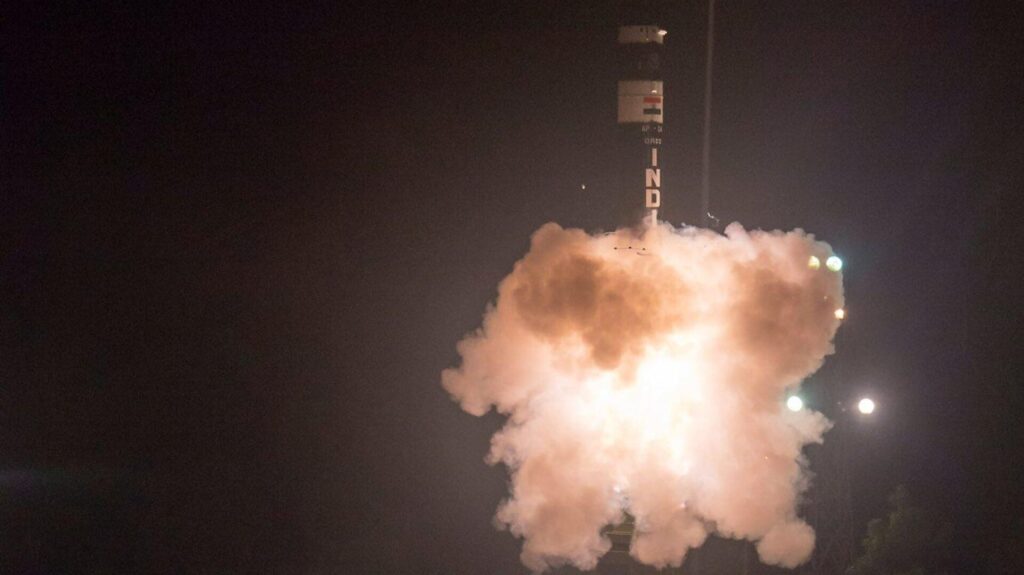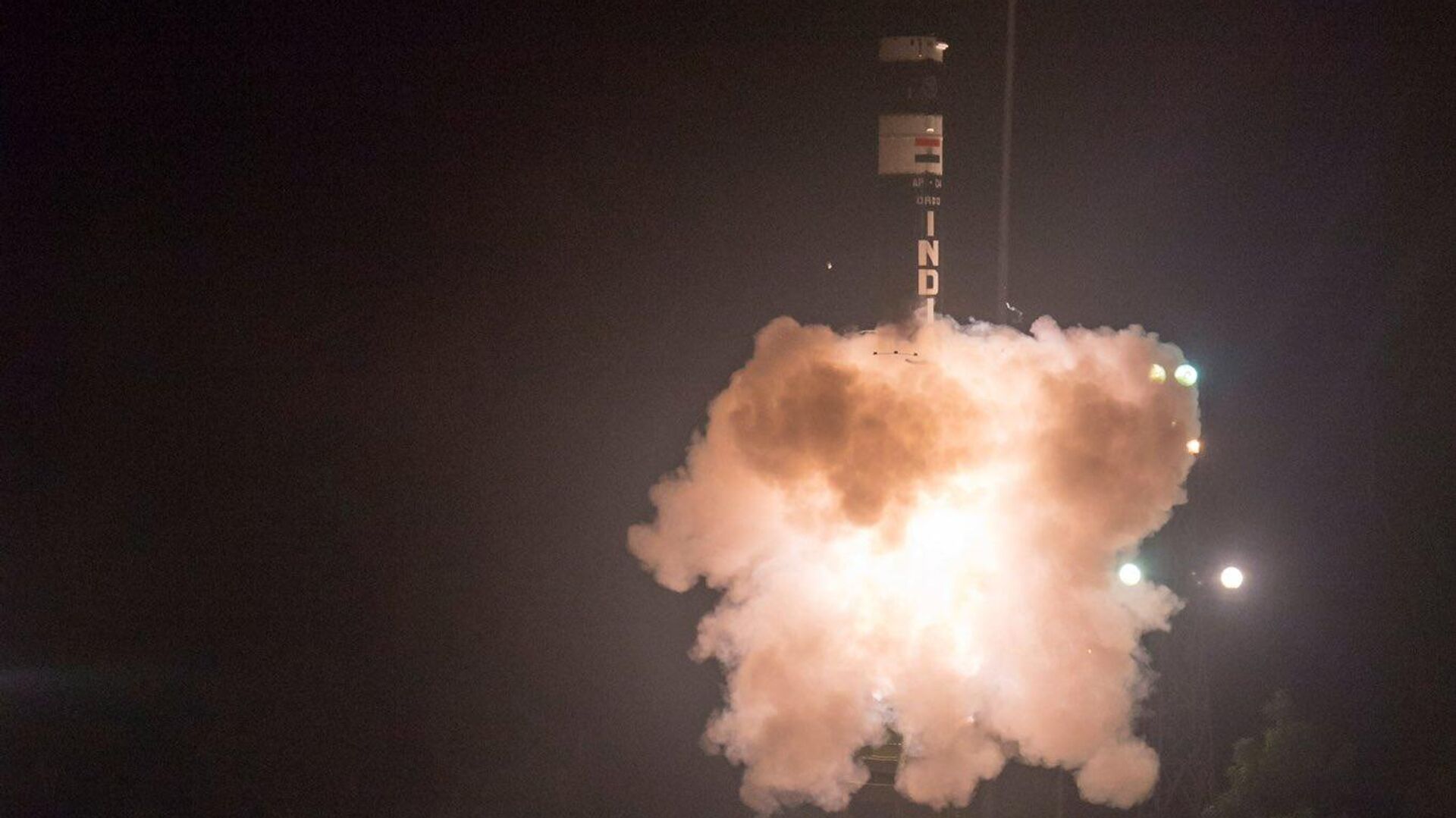
India achieved a significant milestone in its defence capabilities with the successful test firing of the new-generation nuclear-capable ballistic missile ‘Agni Prime’ from Abdul Kalam Island off the coast of Odisha. The launch, which took place on Wednesday around 7 pm, was hailed as a success by the defence ministry, meeting all trial objectives and validating the missile’s reliable performance.
The test launch was overseen by key officials including Chief of Defence Staff Gen Anil Chauhan, the Chief of Strategic Forces Command, senior DRDO officials, and representatives from the Indian Army. Data collected from range sensors at various locations confirmed the successful performance of the missile.
The ‘Agni Prime’ missile, a two-stage canisterized variant of the Agni class of missiles, boasts a maximum range of 1,000 to 2,000 km. What sets it apart is its lighter weight compared to earlier Agni series missiles, with at least a 50 per cent reduction in weight. It features new guidance and propulsion systems, enhancing its accuracy and operational capabilities.
One of the key advantages of the ‘Agni Prime’ is its canisterized design, allowing for easier transportation by road and rail and longer storage durations. This feature significantly reduces preparation time for launch, making it a versatile and efficient addition to India’s defence arsenal. The missile utilizes a cold launch mechanism and can be fired in salvo mode for enhanced operational flexibility.
The successful development and induction of the ‘Agni Prime’ missile were lauded by Defence Minister Rajnath Singh, who commended the efforts of DRDO, SFC, and the armed forces. He emphasized that the missile’s capabilities will serve as an excellent force multiplier for India’s military prowess.
This achievement adds to India’s growing list of successful missile tests, including the recent flight test of the indigenously developed ‘Agni-5’ missile with a range of up to 5,000 km. These advancements in missile technology reinforce India’s position as a key player in the region’s defence landscape, with the capability to strike targets across vast distances, including regions in Asia and Europe.
Sources By Agencies


